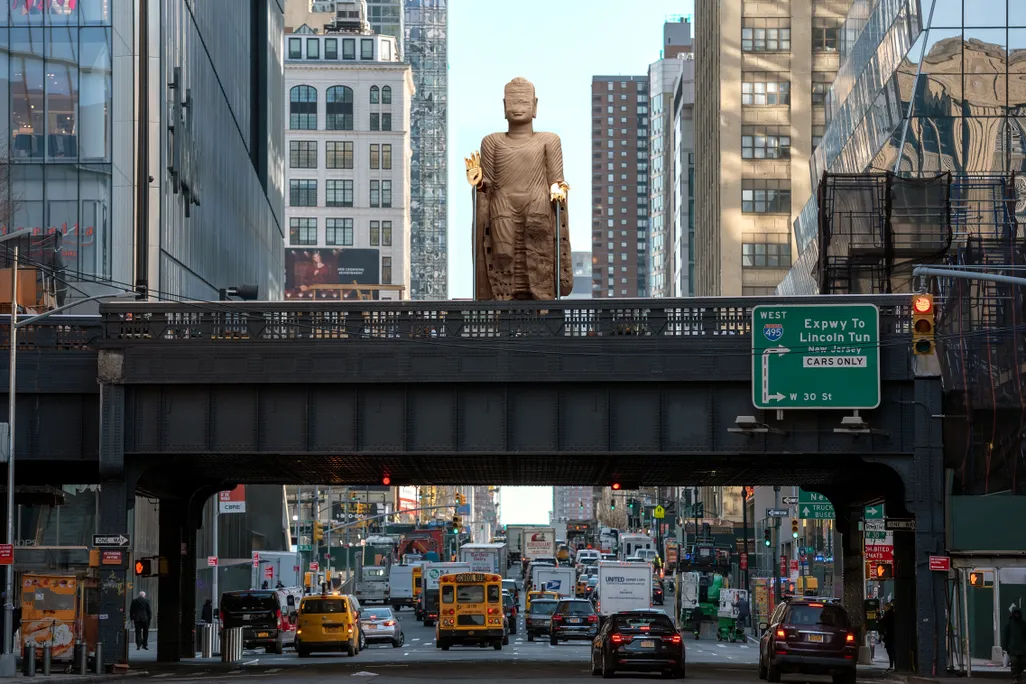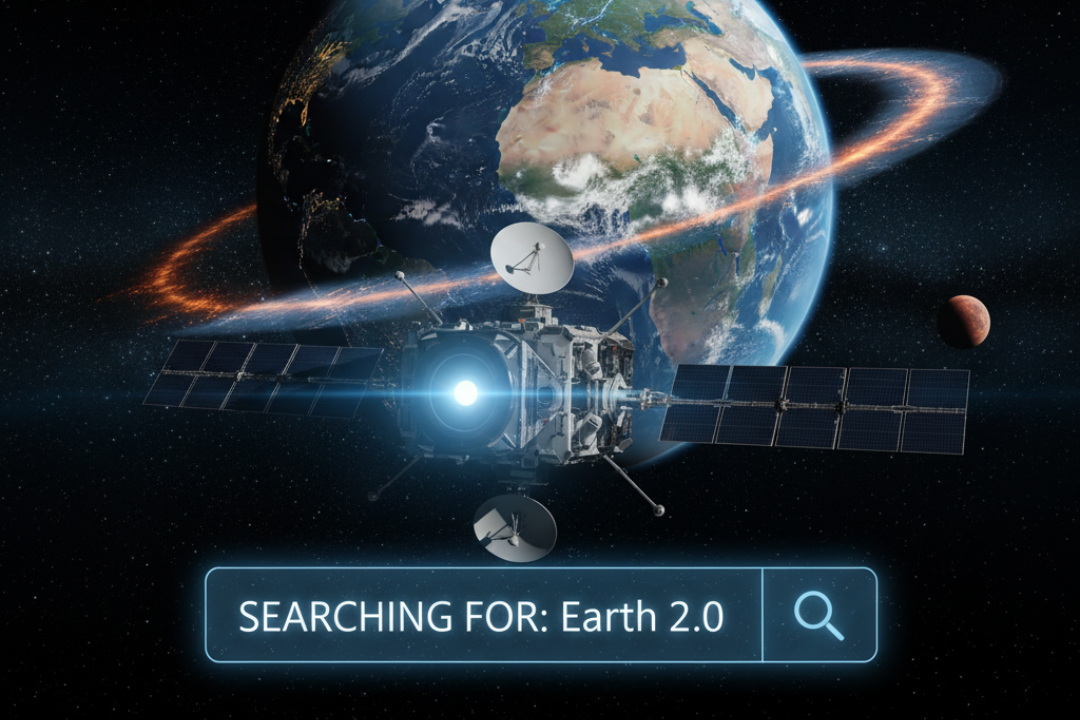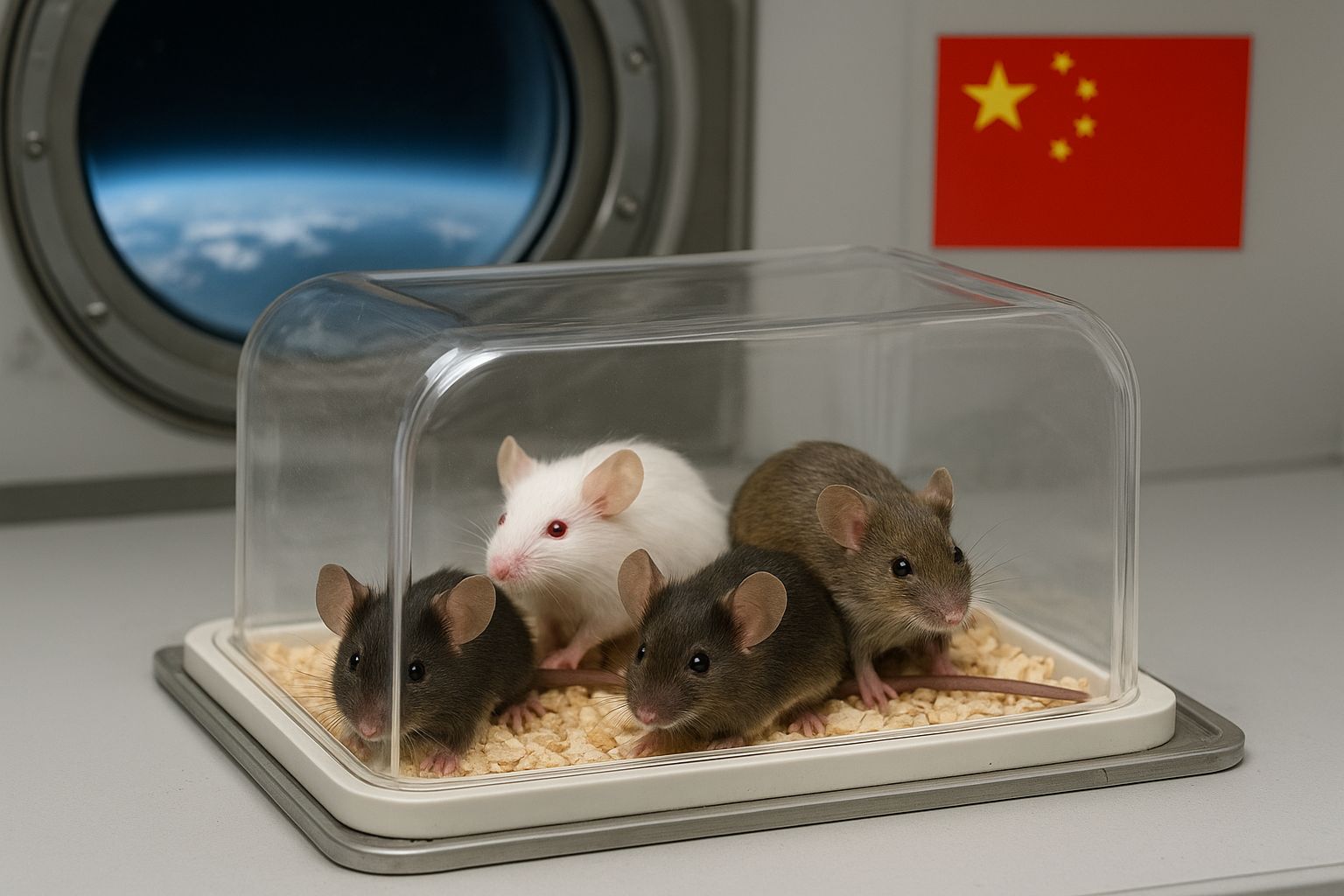How does DNA mutate in space? How are dust clouds and incipient stars arranged in the outer reaches of the cosmos? These are the questions scientists aboard the China Space Station (CSS), set to be completed around 2022, will attempt to answer.
A successor of China’s two prototype space stations, Tiangong-1 and Tiangong-2, CSS will be bigger, last longer, and better facilitate experimentation in space. It could even become the sole low-orbit space laboratory depending on the fate of the International Space Station (ISS), which rests on continued funding from the United States, according to Nature magazine.
Related:
 You Can Livestream the Last Moments of China’s Out of Control Space StationArticle Mar 28, 2018
You Can Livestream the Last Moments of China’s Out of Control Space StationArticle Mar 28, 2018
Nine futuristic research projects involving scientists from over 17 countries were recently selected by China to be conducted aboard the space laboratory. The projects will explore topics ranging from astronomy to fire dynamics to biology.
One will study how microgravity and radiation affect DNA in 3D organ-mimicking biological structures – also known as “human organoids”. Another will research how solar cells (which together make solar panels) perform in open space.
A gamma ray sensor called POLAR-2 will be used for detecting distant cosmic bursts and radiation associated with the curvature of spacetime, also known as “gravitational waves”, and an observatory placed aboard will use ultraviolet light to detect and map out dust clouds and regions that will soon give birth to stars.
China also made an effort to involve countries with less experience in space exploration, like Mexico and Kenya. One noticeable absence from the list of participants was the United States, whose scientists were involved in some project applications that weren’t accepted.
At about one-fifth of the size of the ISS, the CSS won’t be the most spacious of space labs, but there may well be some substantial scientific developments that happen there.
















